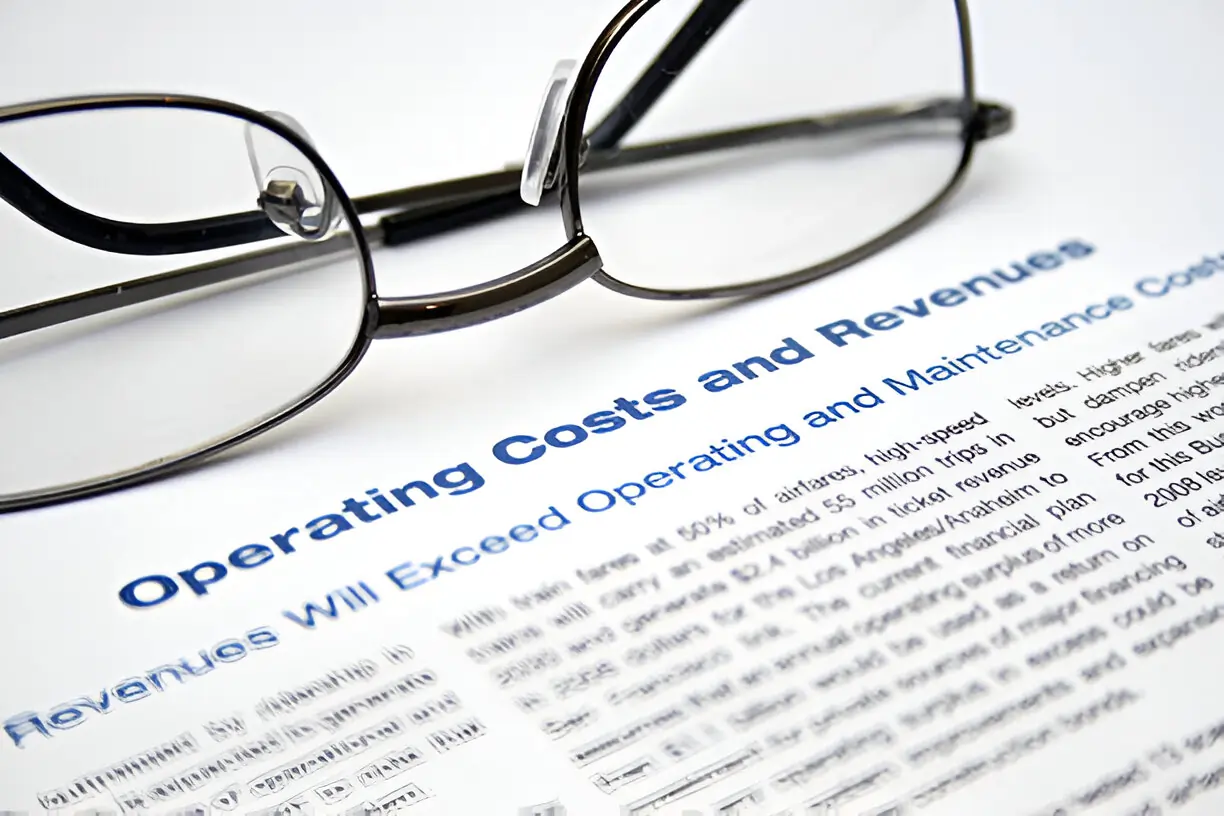The True Impact of Hidden Fleet Costs
In the world of fleet management, every dollar counts. Yet, even organizations that carefully monitor their budgets can fall victim to unexpected cost drains. These “hidden costs” may not appear on the top line, but over time, they erode profit margins and disrupt operational efficiency. Seemingly minor issues—like excessive idling, gradual wear on tires, or overtime compensation due to inefficient routing—can quietly increase total costs. An excellent fleet management solution helps give visibility into these overlooked areas, providing a platform that centralizes data and simplifies cost tracking. Over months and years, this proactive approach turns hidden expenses into opportunities for savings and growth.
Recognizing the full scope of operational costs empowers decision-makers to allocate resources wisely, negotiate smarter contracts, and respond rapidly to fluctuations in the marketplace. In an era where transportation costs keep rising, organizations that tightly grip hidden costs find themselves better equipped to compete and expand.
Using Data to Expose Inefficiencies
Gaining an accurate understanding of fleet costs requires more than intuition and guesswork. Modern operations rely on data-backed insights for effective decision-making. Centralized tracking platforms collect real-time and historical data from all vehicles, drivers, and routes—generating a clear picture of spending patterns. Clean, consolidated data reveals inefficient processes, unnecessary vehicle usage, and underperforming assets contributing to unplanned expenses. Managers who analyze fuel logs, maintenance records, mileage reports, and driver performance can identify patterns and prioritize interventions. This level of precision turns cost management from a reactive to a proactive process, giving fleets a measurable edge.
Maintenance Pitfalls and Unexpected Repairs
Reactive maintenance is a costly trap for many fleet operators. While delaying scheduled checks in the interest of short-term savings may be tempting, the real danger lies in overlooked wear and neglected repairs. An unexpected breakdown can trigger a series of expenses—from emergency towing to lost revenue during downtime. Furthermore, vehicles that miss regular servicing are at greater risk for catastrophic failures, leading to even higher long-term expenditures. Organizations reduce the likelihood of disruptive repairs by embracing predictive and preventative maintenance strategies. Scheduling routine inspections, tracking part replacements, and documenting every service help avoid the expensive pitfalls of deferred maintenance.
Addressing Fuel Waste and Consumption Patterns
Fuel costs typically comprise the largest share of a fleet’s operating budget—often more than 25%. Yet waste, theft, and inefficiencies commonly go unchecked. Frequent idling, poor route planning, or aggressive driving each chip away at potential savings. GPS data, fuel cards, and automated logs can expose these patterns and show where corrections are needed. Implementing policies to curb poor habits, provide training, and reward responsible fuel consumption can immediately impact bottom-line results. Even incremental improvements in fuel efficiency, when multiplied across large fleets, turn into significant annual savings.
Compliance, Fines, and Forgotten Expenses
Compliance-related fines and administrative fees are often underestimated in cost analyses, yet they accumulate quickly. Penalties can storm in without warning, whether it’s expired registrations, missed inspections, or failure to comply with electronic logging mandates. Keeping up with evolving regulations across different regions adds further complexity. Centralized fleet management systems automate reminders for compliance deadlines and make documentation readily available for audits. Proactive compliance management isn’t just about avoiding fines; it’s about reducing risk, preserving reputation, and ensuring business resilience.
The Role of Driver Behavior
Human factors play a key role in operational costs. Unchecked driver behaviors—such as rapid acceleration, hard braking, speeding, or distracted driving—increase fuel consumption and raise the risk of accidents. Each incident not only threatens the safety of drivers and assets but can also drive up insurance premiums and result in unexpected liabilities. Data-backed telematics provides real-time feedback on driver actions, enabling tailored coaching and support. Encouraging accountability and fostering a safety-first culture lead to a measurable reduction in preventable expenses. This proactive approach is championed by organizations committed to lowering costs without compromising safety.
The Power of Fleet Technology for Cost Visibility
Technology has revolutionized how fleets uncover and address hidden costs. Integrated fleet management platforms consolidate tracking, analytics, and reporting in one place, making tracing costs back to their sources easier. Artificial intelligence and machine learning tools analyze big data streams to highlight inefficiencies, route optimizations, and cost-saving recommendations. The effectiveness of AI-driven solutions is spotlighted in industry discussions on telematics and fleet management analytics. By leveraging these innovations, organizations are better positioned to adapt, tighten controls, and transform data into actionable savings.
Building a Culture of Continuous Improvement
Identifying hidden costs is not a one-time project but an ongoing journey. Companies prioritizing continuous improvement cultivate a culture where insights are shared, processes are refined, and everyone is empowered to spot potential waste. Regular reviews of cost reports, workshops on policy changes, and implementing feedback channels ensure no inefficiency goes unnoticed. Cross-team collaboration enables rapid solutions, from updating route protocols to investing in driver education. When organizations treat cost control as an evolving team effort, they can better weather market shifts and reinforce their long-term competitiveness.
By shedding light on hidden operational costs and committing to ongoing improvement, fleet operators protect their margins and unlock new opportunities for growth, efficiency, and success in today’s demanding logistics environment.
Read more: How Organizations Use Air Gaps to Secure Critical Infrastructure
Healthcare Data Engineering: Why Some Hospitals Get It Right While Others Don’t?
Exploring Safely: The Importance of Domestic Travel Insurance










